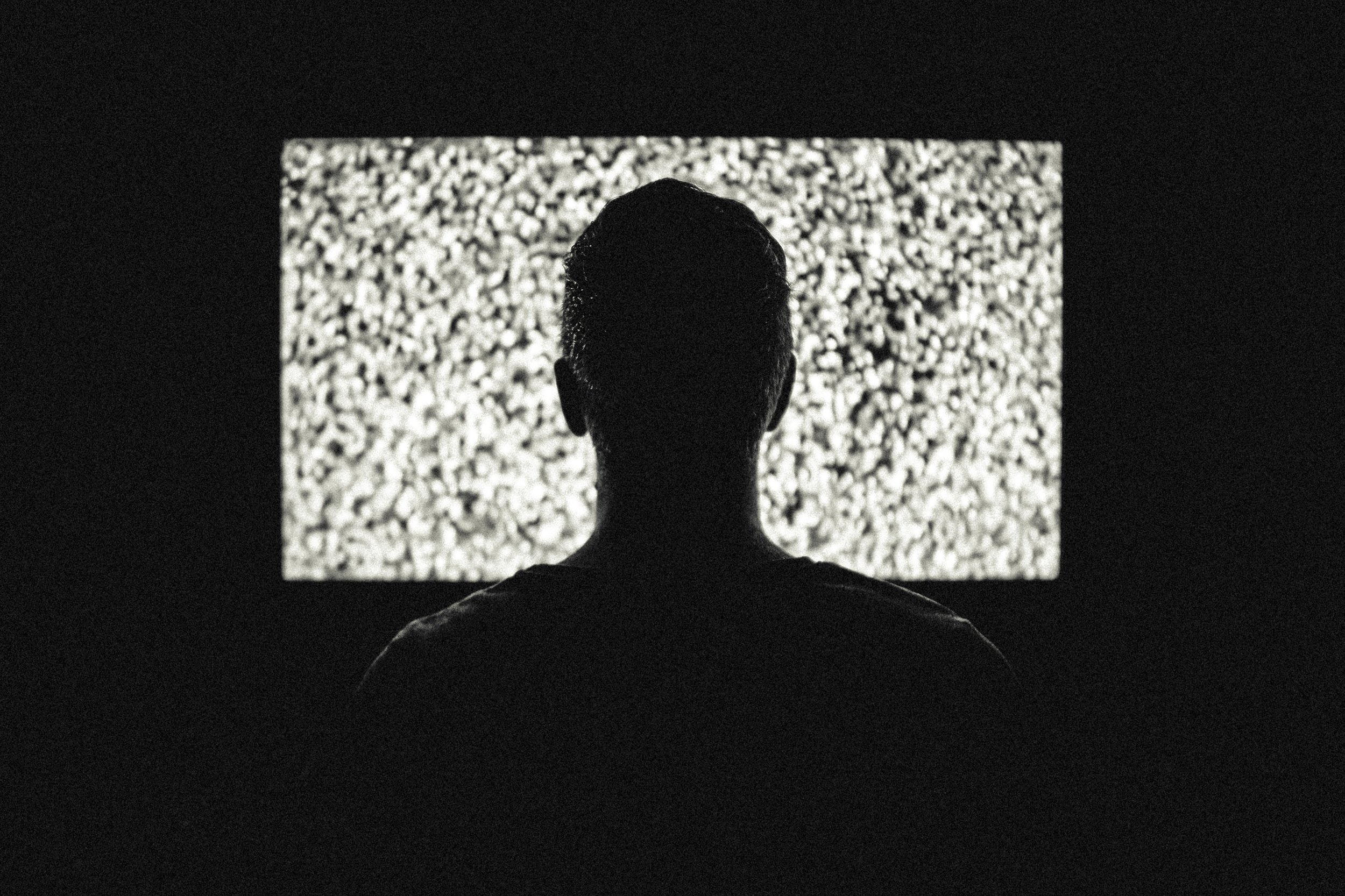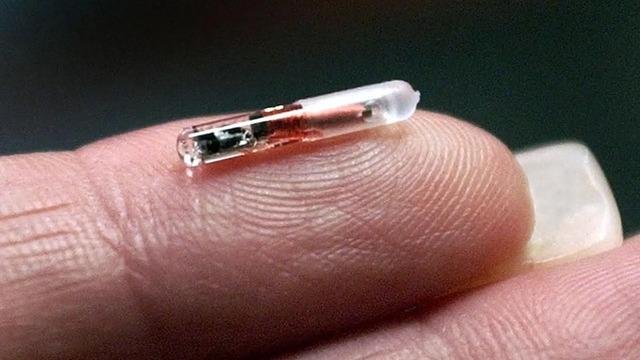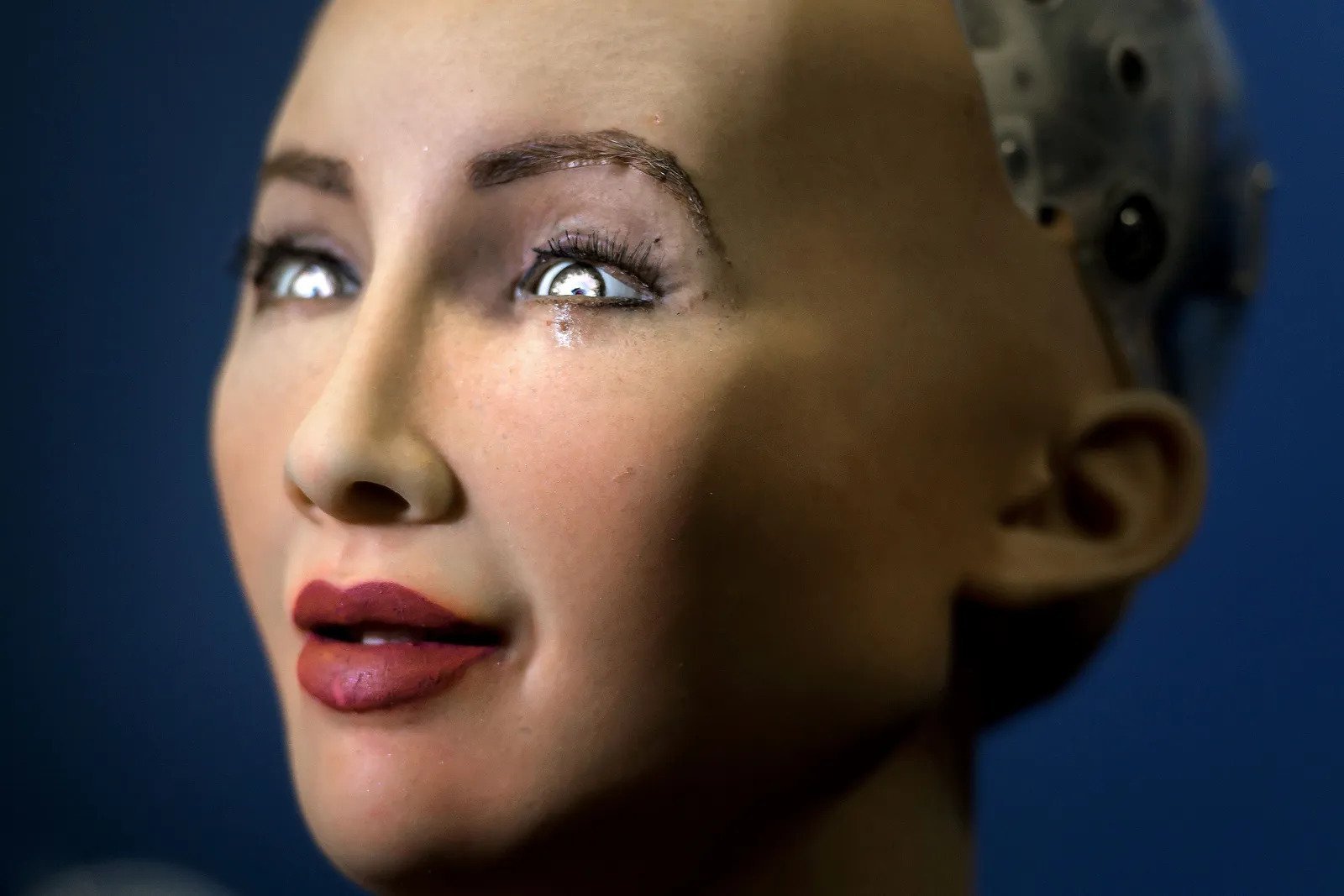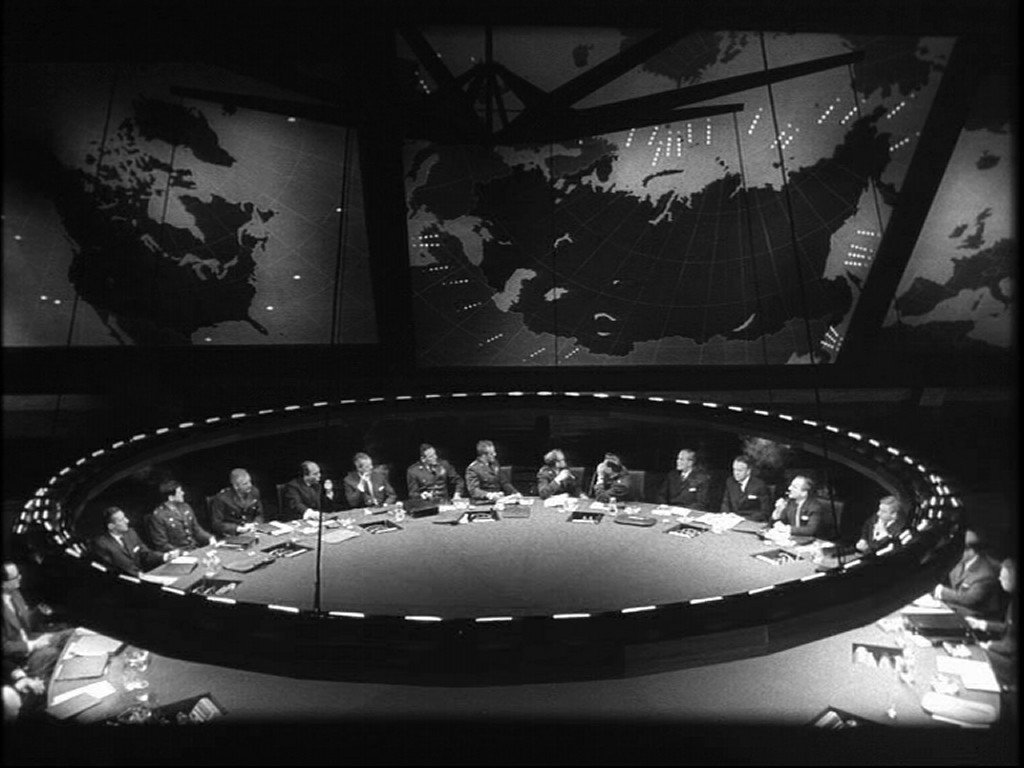
It sounds like an interview question for a job interview or a creative writing assignment. Someone may answer flying cars, robots, or living in space. Those would be far-off ideas at one point, but how far-off are they?
When discussing technology, the topic of augmented reality may come up. But is that something exclusive to the future?
Many people already don’t trust billionaires. One of them is the likes of Elon Musk. The creation of Neuralink sealed that distrust. If you don’t know what Neuralink is, it is a device that, once implanted into the human brain, would allow a computer to translate a person’s thoughts into action. The implanting of this chip means that tasks we do now, such as typing, hitting buttons, or even operating a mouse, will ultimately be completed through the recipient’s thoughts. If you think this is bizarre, remember that this is the same man who has done more for electric cars than anyone else and shoots rockets into space on a somewhat regular basis. It’s also not so strange when you remember implanting chips into people is already happening.
Gone are the days of worrying about the robot serving you sushi developing autonomy and taking over the world. Now people are implanting microchips into their hands. Microchips were initially implanted into humans in 1998 and have grown in popularity in recent years. British-Polish firm, Walletmor, has sold over 500 chips already. Whether you’re paying for coffee in Rio or groceries down the street, this chip the size of a grain of rice that doesn’t require a power source has you covered. While this seems Orwellian at best, a 2021 research of over 4000 people in the UK and EU indicated that 51% would consider this chip. However, security concerns appear to be an element in this consideration. While these chips may contain the same technology we use in our everyday lives, there’s quite a difference between having this technology in your pocket in your phone versus in your body.

However, there is the undeniable privilege that I am writing this as an able-bodied person. Steven Northam, the founder of UK firm BioTeq, has also been making implanted chips since 2017. However, his microchips are aimed at people with disabilities who can use the chips to automatically open doors. Not every building is accessible and this could help many people. While one would think it would be easier to just make sure buildings are accessible instead of just chipping people with the same technology as animals–some would call it dehumanizing, especially to a population that already faces that issue of being dehumanized or infantilized–the argument cannot be ignored.
There is also the destruction of work. Not only are people becoming what they like to call “biohackers” by adding microchips into themselves, but we have already begun to see the line blur between machine and person. Robot sushi restaurants are fun but where did the previous waiter go? Self-checkout is fast but what happened to all the cashiers that used to stand there? Why raise wages to a livable amount when corporations can just install a couple of machines? New technologies have also given companies more tools to manage and monitor their workforce, not always for the better. Elon Musk has said in the past that he thinks that “humans are overrated” in response to an article he was a part of; we cannot deny the maliciousness behind more surveillance from companies who don’t care about their workers. It is all about companies keeping tight control over their workers. Employers are all the same: they want to maximize the value of work they get while minimizing the cost of labour. Technology allows them to do just that and, because of monitoring, workers are finding themselves working more for less pay due to fear. These effects are even worse for gig workers. While they are allowed to form unions to protect themselves, they still find themselves doing their jobs without typical labour protections. When you take this surveillance into account, robots aren’t just taking jobs, they’re making jobs worse.

The biggest example of this is Amazon: the corporate poster child for efficiency at the expense of workers. Countless reports have been made about Amazon’s drivers having to consent to be watched by AI, and warehouse workers not moving fast enough being fired. These robots aren’t just watching, either, they’re also picking up some of the work. This leads to dangerous situations that can result in fatalities. Amazon factory workers are wearing hi-tech belts to stop robots from killing them. These are machines carrying up to 340kg of weight on them, making them fatal to people. While they were kept separate, if one broke down, someone would have to go in and fix it, putting themself at risk. These new belts send signals to the robots, forcing themes to change their floor plan and not hit anyone. Vice president of robotics at Amazon said “[this allows the robots to] detect the human from farther away and smartly update its travel plan to steer clear without the need for the associate to explicitly mark out those zones.”
To say the problem is technology erases the true issue: managers and corporate structures behind this technology who view workers as a cost to be cut instead of people and resources.
This technology is also making its way into our food resources. The future of food seems to be leaning towards more plant-based options. However, with catastrophic climate change occurring hundreds of years before academics and scientists predicted, and food insecurity, there is no doubt that changes in how and what we eat will occur. Experts predict that the global population will reach 10 billion by 2050–less than 30 years away. However, there just isn’t enough agricultural land to keep up. And the agricultural land we do have is being bought up by Bill Gates.

Yes, Melinda and Bill Gates are the largest owners of farmland in the United States. Investing in farmland isn’t new, but it also isn’t common. Investing in farmland isn’t the only new influence on our diet and food supply either. The new way to improve milk production? Bring cows into the metaverse. Cows are misled into believing they are in an ideal farm rather than a cage using virtual reality. VR has proved to improve the cow’s mood and achieve the goal of increased milk output, but at what cost? What about the ethical dilemma of employing this technology to deceive animals to serve humans better? Furthermore, unlike humans, there is no definite way to quantify the influence that this technology has on animals—especially those jolted back into their unfavourable reality once the set is removed. While this is better than the Tender Is The Flesh alternative, we are still seeing a rise in the removal of life from food before the animal is even dead. So far removed from life, these animals have become play things to toy with and manipulate. These animals have become the equivalent of that one kid in Toy Story who would rip the head off his sisters’ Barbies to experiment on other toys. So long as people get their desired result, ethics need not matter.

To an unquestionable extent, technology has removed the human part of daily operations. We’ve done everything from introducing them into our systems to utilizing them against other living creatures for our benefit. It starts a conversation about where we’re headed and the ethics of technological advancements. With technology evolving every day, becoming more personal in each stage, it is diminishing the human aspect of humanity in an attempt to make a creature more Human™ than human. At the rate that technology is going, we may find ourselves living in a situation where the human body can be modified to the extent of ghosts in the shell. Technological corporations have created and sold an augmented way of life, confusing the line between reality and fiction; diminishing flaws within real life and replacing them with a riskless computer program. At the rate that the world is heading there is a chance of living through a world of blurred lines, and a world more real than real; a hyperreality as fake as modern life itself. That’s the trajectory of 10 years in the future.

